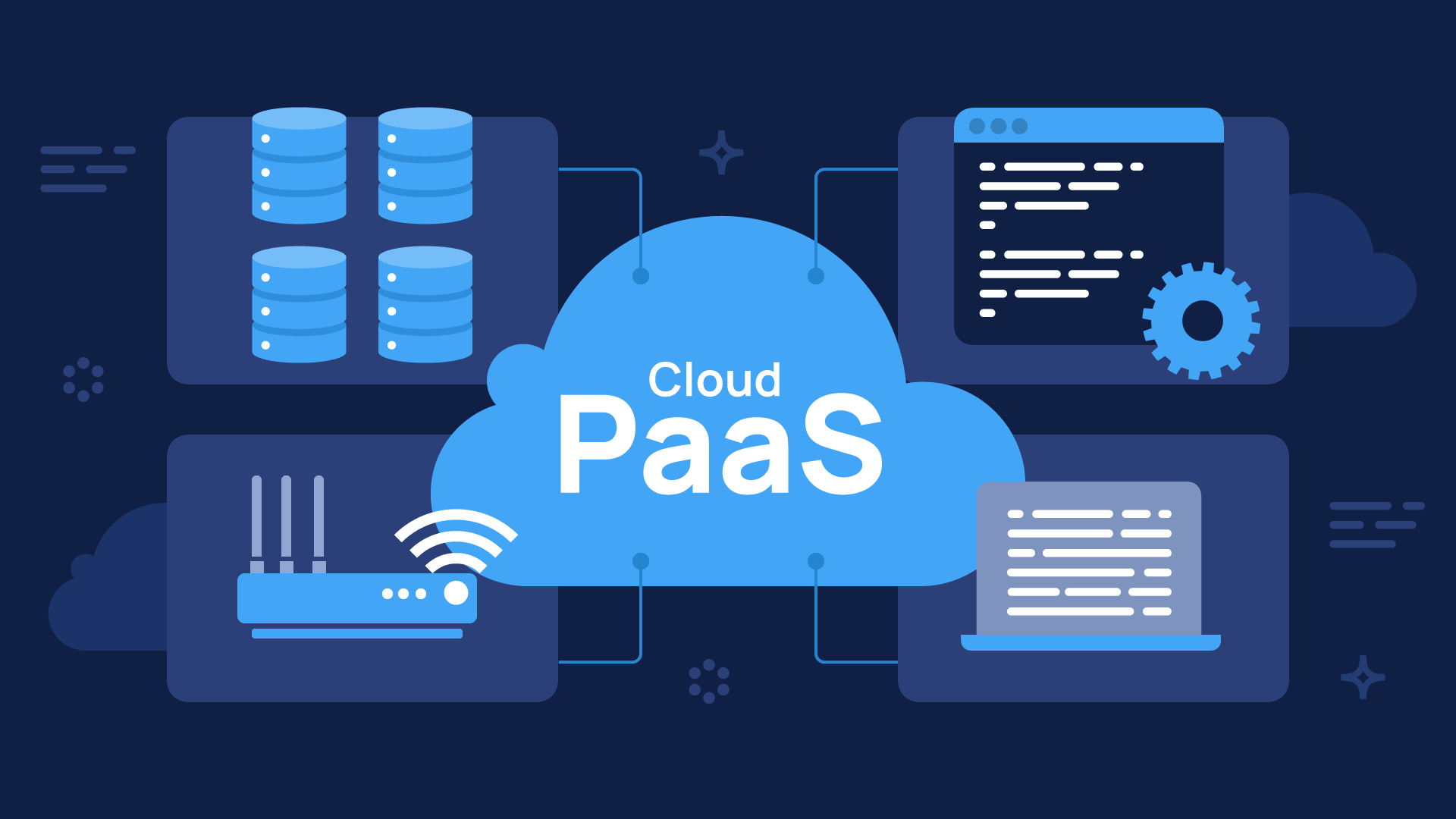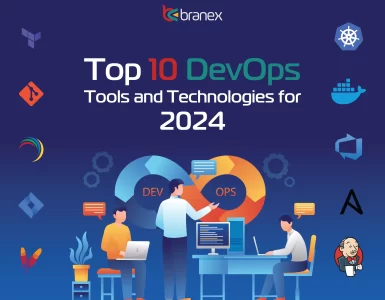Does all this seem too familiar? Yes, because most businesses have the same story when it comes to cloud adoption. What if your business could not decide which cloud service model you should choose? In this article, you will learn about the pros and cons of different cloud service models and which one you should choose for your business & why.
Cloud computing burst onto the scene and started creating ripples in the tech circles. Just like every other new technology, some businesses start looking at it suspiciously while others adopt it and become early adopters. Your company became a part of the former group and missed out on the first-mover advantage. As cloud technology continues to mature and go mainstream, most businesses started embracing it. If your business is not amongst them, you have already missed the boat.
State of Cloud Computing

According to cloud computing statistics, 90% of companies have already jumped on the cloud computing bandwagon and have transferred 60% of their workloads to cloud hosting services. The global cloud computing market will reach a whopping $623.3 billion by 2023, with a compound annual growth rate of 18%. Cloud infrastructure spending has exceeded the $80 billion mark.
Advantages of Cloud Computing
Cloud computing offers a host of advantages. Some of them are as follows:
- Accessibility
- Scalability
- Affordability
- Security
- Collaboration
Types of Cloud Computing
There are three main types of cloud computing.
- Public Cloud
- Private Cloud
- Hybrid Cloud
Public cloud delivers cloud computing through the internet and is shared across different organizations. In a private cloud environment, cloud computing services are explicitly delivered to a particular organization. As the name suggests, the hybrid cloud offers both public and private cloud functionality. The only difference between the three types of cloud computing is in service delivery and ownership.
A private cloud can either be located on-premise data centers or can be hosted by a third-party service provider. In a public cloud environment, resources like server and storage are owned and managed by cloud service providers and delivered through the Internet. Hybrid cloud offers the best of both worlds by combining a private cloud with a public cloud. This allows businesses to reap the benefits of both types of cloud computing.
Cloud Service Models
There are many different types of cloud service models. Some of the most popular ones are:
- Software as a Service
- Infrastructure as a Service
- Platform as a Service
1. Software as a Service

Software as a service cloud model gives you direct access to web applications. All you need is a web browser and an internet connection to access applications. Cloud vendors are responsible for managing the computing stack and charge you a subscription fee or offer a free trial. Users do not have to download and install anything to access applications.
Examples
Some of the best examples of SaaS include
- Dropbox
- Google Drive
- Microsoft Office 365
Pros:
- Cost-effective
- Accessibility
- Scalability
- Easy deployment
Cons:
- Little to no control
- Service Level Agreement variation from vendor to vendor
- Connectivity
Who Should Use SaaS and When?
- Great for startups and small companies
- An excellent choice for short-term projects
- A good option for rarely used software
- Ideal for mobile and web access
2. Infrastructure as a Service

Infrastructure as a service cloud model gives users virtualized computing resources through cloud provisioning. Users can get access to the entire range of computing infrastructure from servers to networking, hardware to support. This allows businesses to acquire computing power virtually without having to deploy hardware on-premises.
Examples
Some of the best examples of IaaS are:
- Amazon Web Services
- Microsoft Azure
- Google Compute Engine
- Cisco Metapod
Pros:
- Flexibility
- Scalability
- Easy to set up, maintain, and upgrade
Cons:
- Security and privacy concerns
- Vendor outages
Who Should Use IaaS and When?
- Good for growing companies
- Right Choice when you are not sure about the application demand
- Companies who need more control over their applications and infrastructure
3. Platform as a Service

Platform as a Service cloud model gives clients a platform to develop, run, test, and deploy business applications without having to worry about building their infrastructure. It can either be managed by your own business or a platform provider.
Examples
- Google App Engine
- Apache Stratos
- AWS Elastic Beanstalk
Pros:
- Short development time
- Hassle-free migration to hybrid cloud
- Support for multiple programming languages
- Better collaboration
Cons:
- Poor compatibility with existing infrastructure
- Increased reliance on vendor hardware and support
Who Should Use PaaS and When?
- PaaS can come in handy in streamlining workflows when multiple developers are working on the same project.
- Great for creating custom applications.
- An ideal choice for companies which demands speed and flexibility throughout their process.
- Facilitate rapid custom app development and deployment.
Which cloud service model would you choose & why? Let us know in the comments section below.




